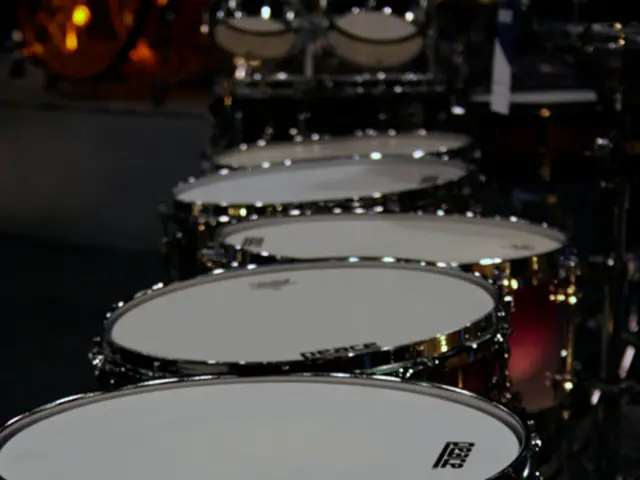Maintaining flexibility through the years? A yoga teacher suggests incorporating these three specific postures into your routine.
Lateral side bends in yoga are a simple yet effective way to ease tension in the spine, hips, and shoulders. These poses, recommended by yoga instructor Sommer Sobin, co-founder of Thousand Petals Yoga, provide numerous benefits for those seeking to improve their spinal health and overall flexibility.
The Seated Side Bend
One of Sommer Sobin's favorite poses for beginners is the seated side bend. To perform this pose, sit on the floor or a blanket with one leg long and straight, and the other leg bent with the foot pointed toward the inner thigh. Ground through both sit bones, inhale to lengthen the spine, and exhale while folding the long side of the torso toward the leg with one hand down to the ground on the inside of the straight leg, and the other arm sweeps up and over alongside the top ear. Repeat on the other side. This pose provides a lot of benefits, including side body length, a forward fold's quiet energy, a dual stretch of the hamstrings, and a spinal twist.
The Standing Crescent Pose
Another recommended pose is the standing crescent pose, or standing side bend. To do this pose, stand with feet hip-width apart, engage the legs, inhale with arms overhead, clasp left wrist with right hand, and exhale while lifting up and over to the left side. This pose stretches and brightens the whole side body, making one feel taller from the ground up.
The Benefits of Lateral Side Bends
Lateral side bends offer several key benefits. They increase spinal and rib cage flexibility, open and release tension in the shoulders and side body, improve hip mobility, enhance balance and core strength, and promote coordinated spinal movement. By lengthening the intercostal muscles (muscles between the ribs), these poses make room for a fuller inhale and a more easeful exhale, leading to increased energy and mental vibrancy.
Incorporating lateral side bends into a yoga practice, especially when performed mindfully with proper alignment and core activation, supports spinal health by gently stretching and mobilizing the spine, hips, and shoulders, easing accumulated tension and enhancing overall flexibility and balance.
Sommer Sobin describes the seated side bend with one leg straight as a lullaby for the nervous system and a posture that brings both side body length and a forward fold's quiet energy, with a dual stretch of the hamstrings and a spinal twist. The standing crescent pose, on the other hand, feels like a wake-up call from the inside out.
These poses can also ease tightness built up from sitting and slouching in front of a screen. By regularly practicing lateral side bends, you can maintain a healthier, more flexible, and tension-free spine.
- The seated side bend, as recommended by Sommer Sobin, not only provides a dual stretch of the hamstrings and spinal twist, but it also offers side body length and the quiet energy of a forward fold, thereby supporting spinal health.
- In addition to increasing spinal and rib cage flexibility, the standing crescent pose, another pose suggested by Sommer Sobin, stretches and brightens the whole side body, making one feel taller and promoting balance and core strength.
- Lateral side bends are beneficial for overall wellness and fitness-and-exercise, as they not only open and release tension in the shoulders and side body, but they also improve hip mobility, enhance balance, promote coordinated spinal movement, and even make room for a fuller inhale and a more easeful exhale, leading to increased energy and mental vibrancy.




